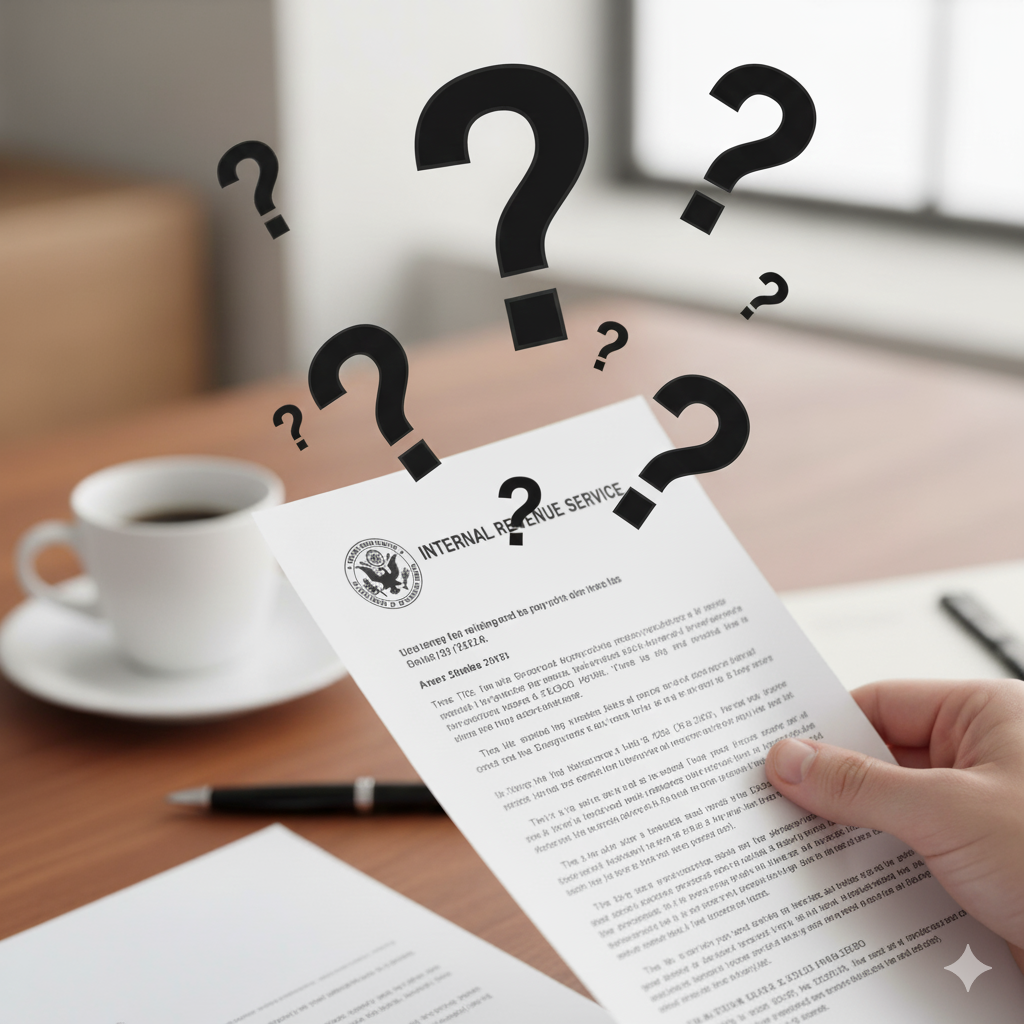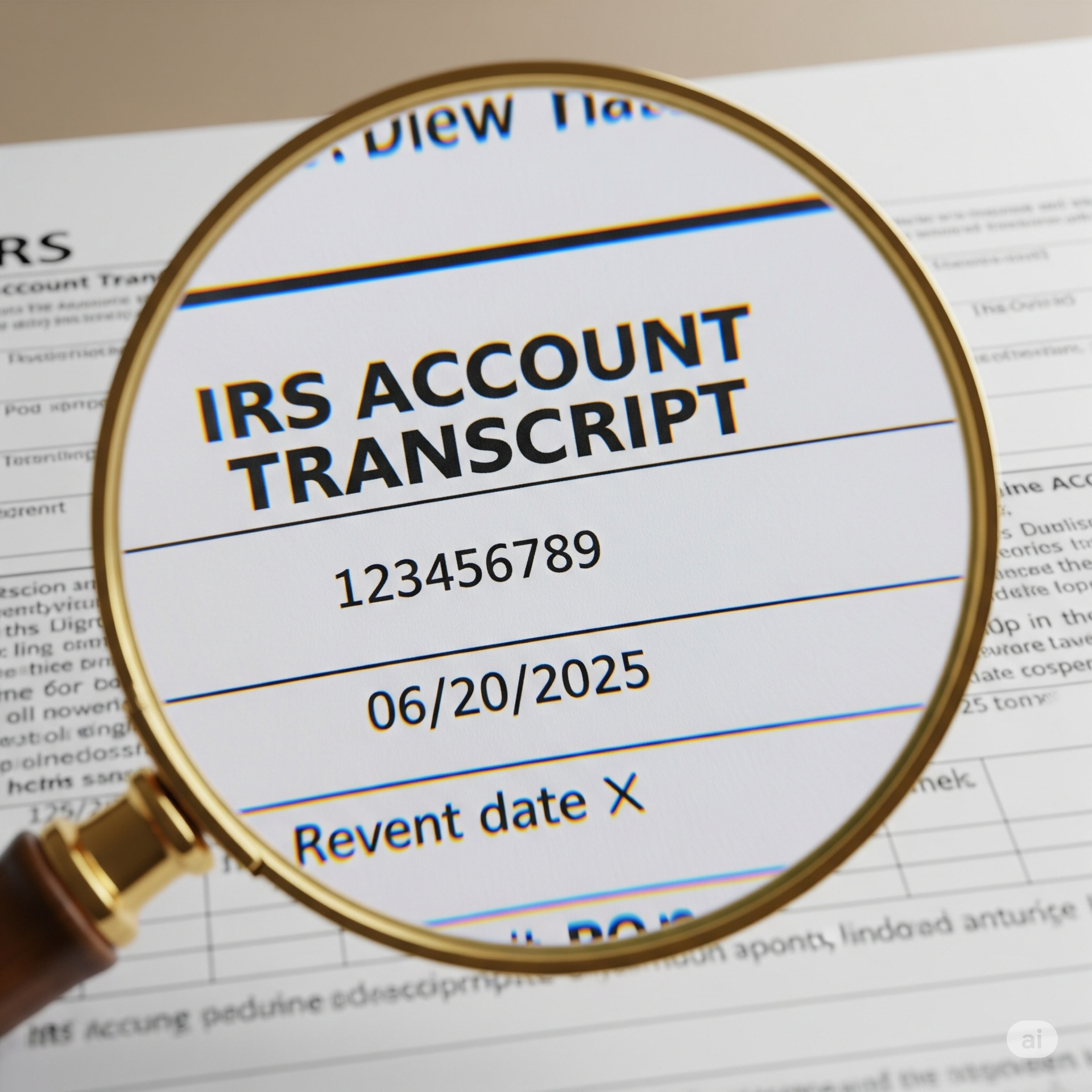Many real estate professionals are familiar with the Notice of Federal Tax Lien (NFTL) that sometimes shows up during a title search subsequent to a sale or refinance of real property. But did you know there was such a thing as a "silent" tax lien?
Internal Revenue Code 6332 is the authority of this so-called "silent tax lien". Essentially, the code states that a lien "shall arise at the time the assessment is made" and continues until the lien is satisfied or until the assessment becomes unenforceable by the lapse of collection time limits.
The "silent lien" comes into effect automatically without notice to anyone by operation of federal law. This is unlike the NFTL which is open and notorious. The NFTL is usually recorded on the delinquent taxpayer's real property title in the town or county of the taxpayer's residence.
Practically speaking, the IRS conducts its collection activity without much influence from IRC 6332. However, that section can come into play if there are competing creditors resulting in nasty surprises at very inopportune times.
Is there a silent lien on your account or your client's IRS account? The best way to know is with an IRS transcript analysis. "Pull" the IRS transcript and see what they have in their records, broken down by tax year. Check for balances due and check for expired or expiring collection statute expiration dates.
I offer a comprehensive IRS transcript analysis and report as a one-time service or ongoing IRS transcript monitoring. Monitoring can uncover IRS audits up to 3 months BEFORE the actual IRS audit notification or IRS notice in your mailbox.
As always, if you would like more information on how to avoid liens and levies in the first place, email me and we can discuss your individual tax situation.

